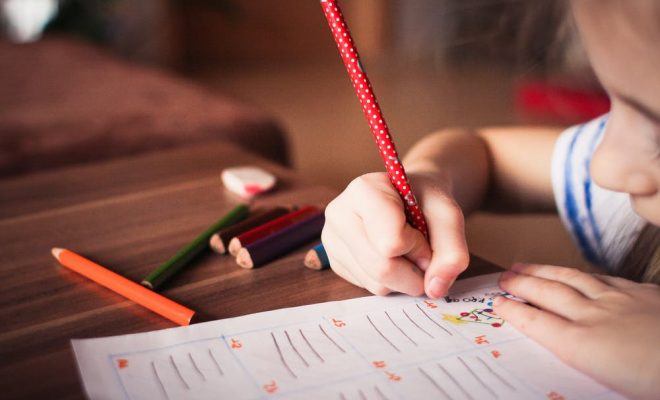Using Feedback Loops to Impact Student Learning

Feedback loops are an organic approach to events in life. Based on principles of cause and effect, the loops provide responses to a related series of events. Events and their feedback work together recursively, forming a continuous loop. For example, if you get too hot, your body begins to sweat. The moisture on your skin cools you down, and you stop sweating. The cyclical loop adjusts and controls your body temperature.
Just as the human body benefits from feedback loops, so do learners.
The concept of a feedback loop in education is similar to any other: students complete a task, receive positive or negative feedback, and adjust their actions accordingly. In doing so, they can alter their trajectories. Even small changes can have an enormous impact on learning and growth.
Instructional feedback loops
According to educational researcher John Hattie, providing specific and timely feedback is the single most important thing a teacher can do for students. However, it is critical that educators recognize the difference between feedback and praise. Praise is telling a student, “Good job!” and feedback is letting the learner know why they were successful or what needs to be corrected.
The goal of providing feedback is to catapult student achievement beyond its present trajectory. As students take ownership of their learning, they implement immediate feedback, learn how to seek our alternative strategies, and eventually take independent control of their learning.
In essence, the feedback loop keeps them moving toward higher levels of academic achievement. For feedback loops to be effective, they must be:
· Purposeful and goal-focused
· Specific and non-evaluative
· Allow for correction
· Include self-reflection
Technology’s role in feedback loops
Customizing instruction and providing timely and specific feedback for students can be a Sisyphean task for teachers. Every time the teacher offers feedback, and the learner makes a correction, new feedback is required. This cyclical and recursive process never reaches completion because learning never stops.
A solution for providing timely and specific feedback exists. Technology, in the form of Adaptive Learning Programs (ALPs) and digitally-based formative assessment, can facilitate the teacher’s work in providing ongoing feedback.
ALPs combine machine learning with cognitive psychology. The result is a learning model that personalizes learning and creates a bespoke feedback loop. An ALP can be an effective way to teach, assess, provide feedback, and evaluate student performance. In addition, the most effective ALPs require students to engage in reflection activities as part of the continual feedback loop.
Digitally based formative assessments play a significant role in feedback loops as well. Online tools, in the form of learning software with built-in assessments or apps that regularly measure growth, assist teachers by providing the immediate and specific feedback students need for correcting actions and resetting their trajectories.
Teachers have many edtech options for using formative assessment as part of the continual feedback loop.
Edtech solves the problem of providing targeted feedback that students can use to improve their learning. By incorporating this technology in classroom instruction, teachers can create the kind of feedback loops that benefit student academic growth.




